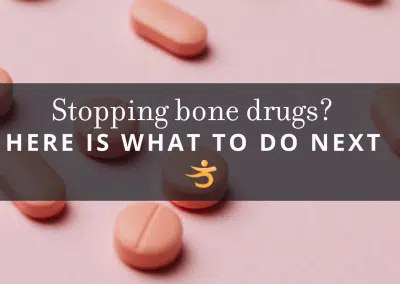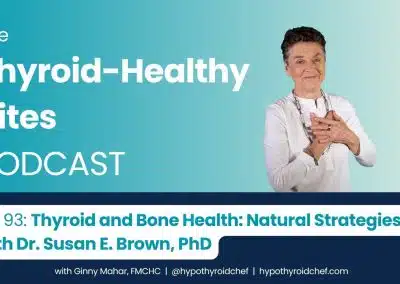For years we have known that bone density does not itself predict fracture, yet how many men and women have been told, and continue to be told, that they should take osteoporosis drugs based on their bone density? So I was delighted to hear noted osteoporosis researcher Dr. Steven Cummings declare that bone density testing was never intended to serve as a guide to treatment. He made this statement on September 11, 2009 at the annual meeting of the American Society of Bone Mineral Research in Denver.
As Dr. Cummings detailed, the T score definitions of osteoporosis (defined as -2.5 T or more) and osteopenia (defined as -1 T or more) were developed by World Health Organization Committee in the face of expanding bone mineral density testing. Researchers felt the need to define what was “normal” bone density, so they developed the “T scores” rating system distinguish how similar one’s bone density was to that of a young person of the same sex. These definitions were supposed to be guidelines for establishing normal ranges, not signals of a need for treatment with bone drugs.
Dr. Cummings went on to suggest, as I have suggested before, that treatment guidelines should be based on an individual evaluation of multiple risk factors as is offered in the WHO’s FRAX tool, or better yet, in a more comprehensive fracture risk assessment like the one available on this site.
He also reminded his colleagues that another valuable way to assess risk of future fracture is by detection of previous fractures. While you well know if you have had a hip or wrist fracture, you may not know if you have a deformity, or fracture, of a vertebral body in the spine. An important new tool for detection of vertebral fractures is the “Vertebral Fracture Assessment” also known as a “Vertebral Deformity Assessment.” These tests, using either a spinal x-ray or a special picture from the bone density test can reveal of you have “hidden” vertebral fractures. If no deformities are found, no treatment is needed, but if such hidden fractures are found, taking action to strengthen bone is necessary. Existing fracture is the ultimate proof of bone weakness, and having such a fracture puts you at higher risk for further fractures.
Here at the Center for Better Bones, we try to give clients a realistic understanding of their fracture risk so that they know whether they need to take steps to improve their bone health. And we have a complete program that we tailor to their individual needs to help them do exactly that, without resorting to expensive bone drugs with unpleasant and unhealthy side effects. You can learn more about our ideas regarding natural bone health by reading the articles on betterbones.com.
Reference:
Cumming, Steven, “Identifying People Who Should be Treated to Reduce Fractures”. Presented at the “Osteoporosis: Focus on Fracture Prevention” Symposium, ASBMR Annual Meeting, Denver, 9-11-09.








